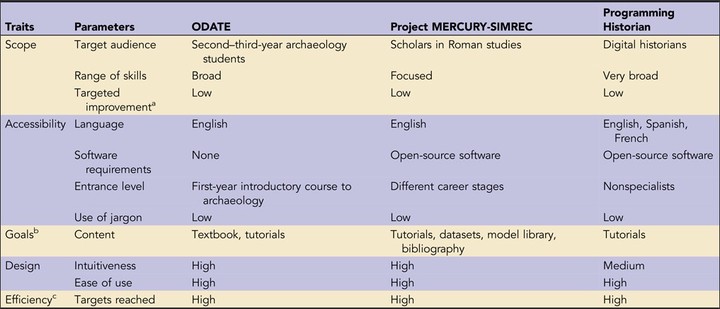 Review of digital learning platforms in Advances in Archaeological Practice
Review of digital learning platforms in Advances in Archaeological Practice
Abstract
With an ever-growing range of computational tools and applications now available for archaeological practice, the potential of digital archaeology is greater than ever before. Yet, archaeological curricula have not always followed suit, and many archaeologists are not up-to-date with the necessary digital skills. To fill this gap, online tutorials and learning platforms are being developed to familiarize archaeologists and students with the potential of digital media for archaeological research practices. Given the essential pedagogical role of these platforms, their quality is deserving of deeper interrogation. Here, I review three major platforms offering tutorials on digital archaeology; the Programming Historian, Project MERCURY-SIMREC, and the Open Digital Archaeology Textbook. These are evaluated and compared based on their goals, design (intuitiveness, ease of use), accessibility (use of jargon, required prerequisite knowledge, software requirements), scope (target audience, range of skills addressed, targeted level of improvement), and efficiency (whether or not they achieve their intended goals). The review concludes with a road map contextualizing the current state of available resources in light of the wider state of digital archaeology, and it considers pathways toward future development.